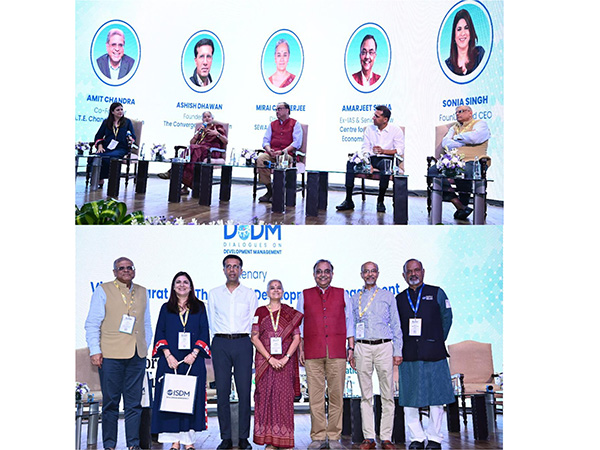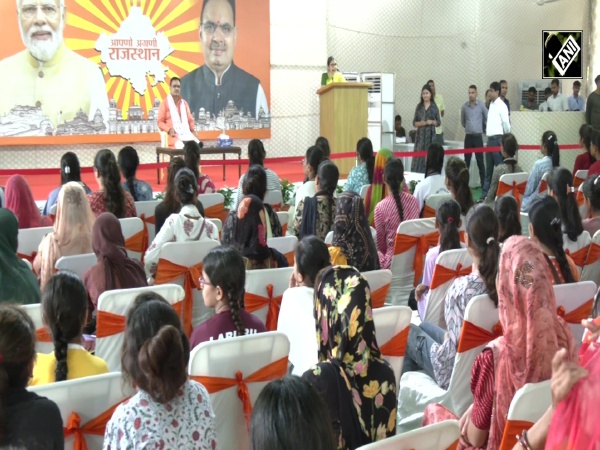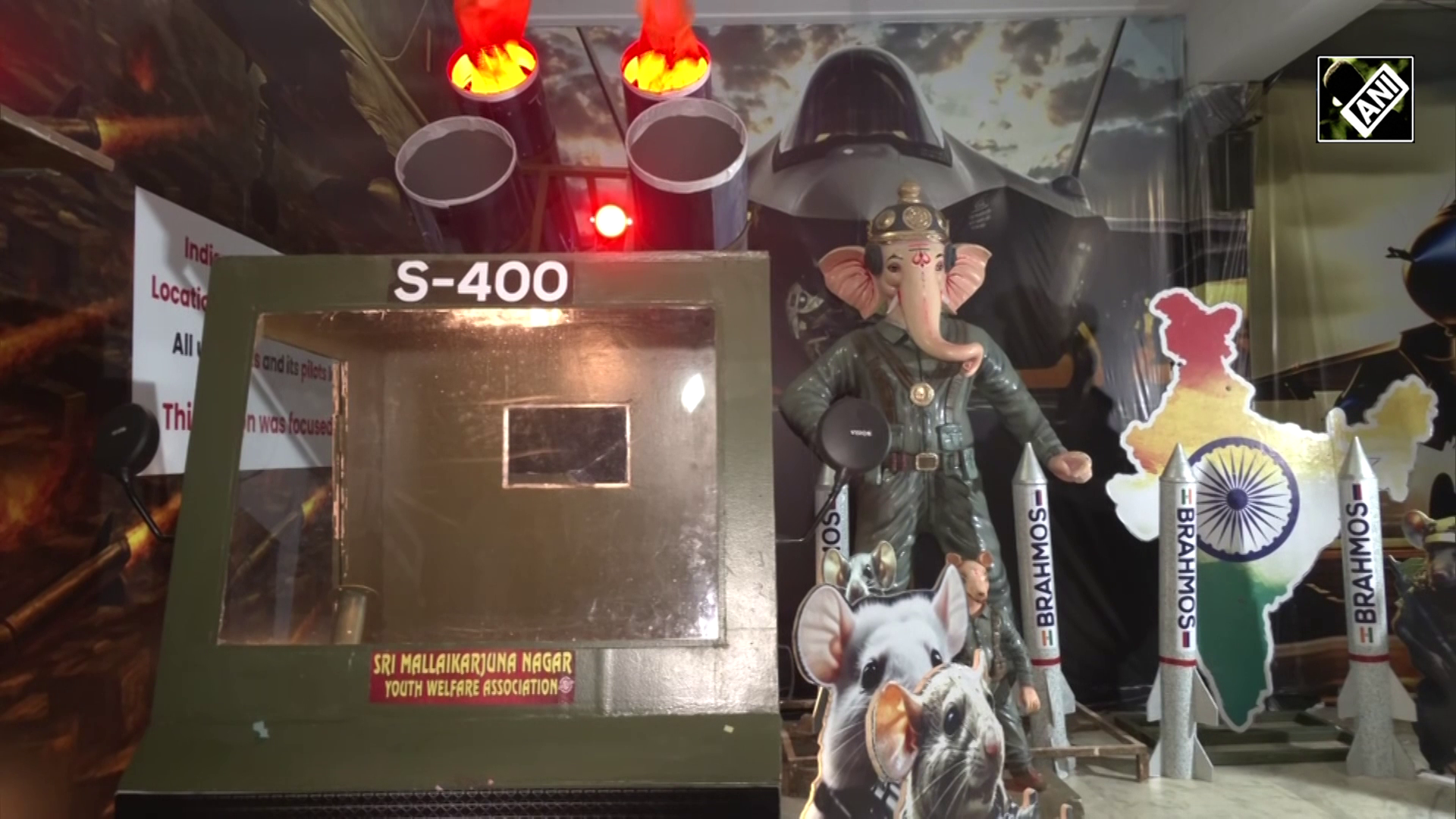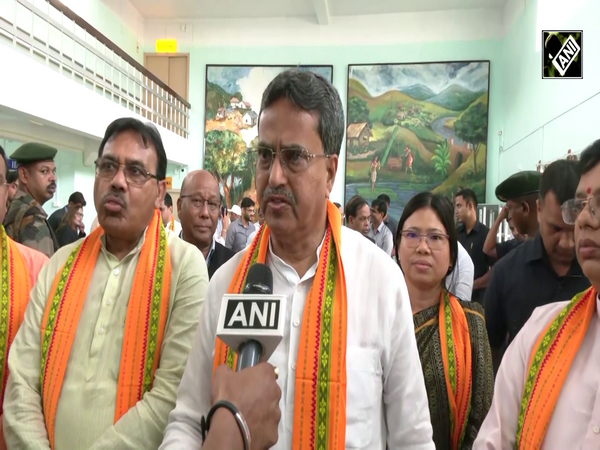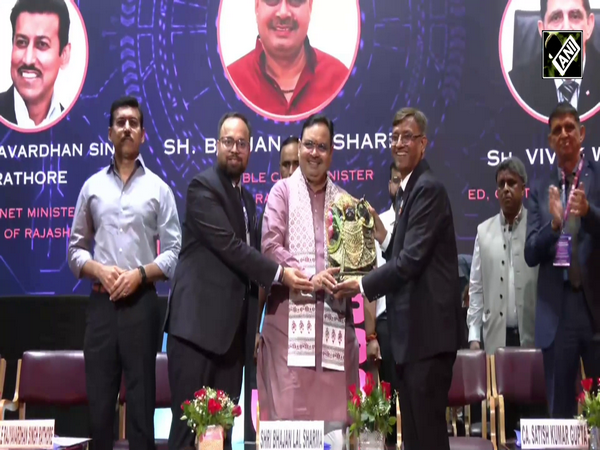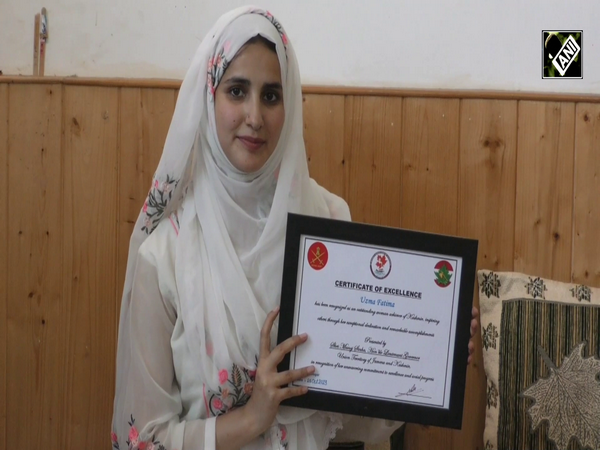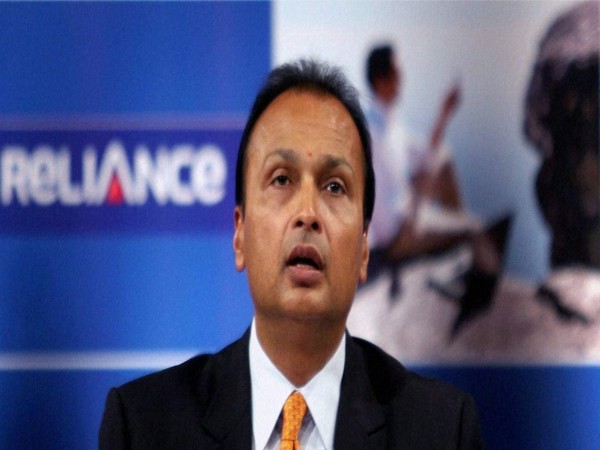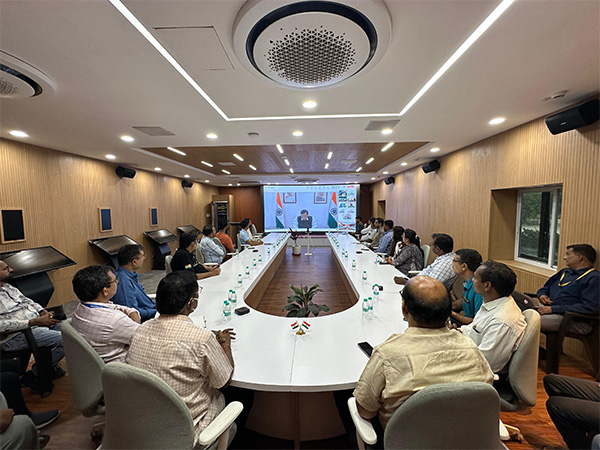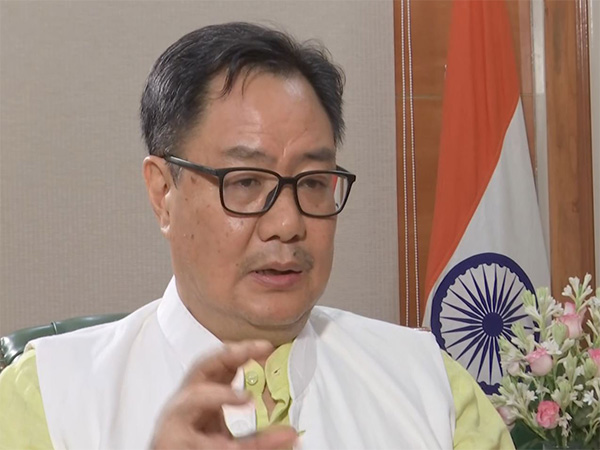
India boosts space self-reliance with new indigenous integrated circuits for launch vehicles
Aug 23, 2025
New Delhi [India], August 23 : In a step towards self-reliance in space technology, the Indian Space Research Organisation (ISRO), in collaboration with the Ministry of Electronics and Information Technology's (MeitY) Semi-Conductor Laboratory (SCL), has developed four new indigenous integrated circuits (ICs) to power the avionics of India's launch vehicles.
The four new devices are 16-Core Reconfigurable Data Acquisition System (RDAS); High-Frequency Octal-Core RDAS; Octal Channel Low Drop Out (LDO) Linear Voltage Regulator (LVR); and Relay Driver ICs, Ministry of Electronics and IT (MeitY) shared on its X handle.
The Indian ICs are expected to lower dependence on imported electronics, reduce launch costs, and enable a reduction in the size of avionics hardware.
SCL Chandigarh has been building world-class space processors. VIKRAM1601, a 16-bit processor has been trusted in ISRO launch vehicles since 2009.
On March 5, 2025, the first production lots of the 32-bit microprocessors developed for space applications, VIKRAM3201 & KALPANA3201, were handed over to ISRO, marking a quantum jump in technology.
VIKRAM3201 is the first fully "Make-in-India" 32-bit microprocessor that is qualified for use in the harsh environmental conditions of launch vehicles. The processor was fabricated at the 180nm CMOS semiconductor fab of SCL
According to ISRO, this processor is an advanced version of the indigenously designed 16-bit VIKRAM1601 microprocessor, which has been flying in the Avionics system of ISRO's launch vehicles since 2009.
KALPANA3201 is a 32-bit SPARC V8 RISC microprocessor and is based on the IEEE 1754 Instruction Set Architecture. The microprocessor has been designed to be compatible with open-source software toolsets, along with an in-house developed simulator & IDE, and has been tested with flight software.
Named after Indian space pioneer Kalpana Chawla, KALPANA3201, the 32-bit RISC microprocessor, is fully compatible with open-source software toolsets, tested with flight software, and tailored for mission-critical performance.
August 23 every year is celebrated as National Space Day, marking India's successful Chandrayaan-3 mission.
India's journey in space is no longer just about ISRO. A new wave of private startups is breaking barriers, shaping global-first innovations. The Indian space sector was opened to private companies in 2020.
From rocket launches to satellite innovations and next-gen Earth observation, these startups are transforming India into a true space powerhouse, unlocking opportunities in technology, innovation and global collaboration.
MyGovIndia made a series of posts on its X handle outlining the success of India's space sector startups.
It said Skyroot Aerospace created history with Mission Prarambh, the first Indian private rocket launch from Sriharikota, reaching an apogee of 89.5 km. They also test-fired Vikram-1's second stage and developed Kalam-1200, the largest propulsion system ever built by India's private sector
From a bold idea to a global first, Agnikul Cosmos has made history. The Agnibaan SOrTeD Launch became the world's first rocket flight powered by a 3D-printed engine. Demonstrating the country's first semi-cryogenic engine and its private launchpad Dhanush, this is another Made in India innovation.
Pixxel Space India is redefining Earth observation. With the Firefly Constellation, it launched the world's highest-resolution commercial hyperspectral satellites. These satellites capture data across 150+ spectral bands with a 40 km swath width.
Dhruva Space's Thybolt Mission completed 15,000+ orbits with maiden satellites Thybolt-1 and Thybolt-2. It is he first Indian private firm to demonstrate store-and-forward satellite capability and offer Ground Stations as a Service (GSaaS), it is reshaping satellite communications.
GalaxEye Space is taking Earth observation to the next level. By developing the world's first fusion of Synthetic Aperture Radar (SAR) with optical imagery, it delivers unmatched clarity for rapid disaster response and climate monitoring, placing India at the frontier of AI-driven geospatial intelligence.
According to MyGovIndia, Digantara is redefining space safety. With SCOT (Space Camera for Object Tracking), it has commissioned the world's first commercial space surveillance satellite capable of detecting objects as small as 5 cm in orbit, delivering superior tracking efficiency in Low Earth Orbit compared to traditional sensors.
Finance Minister Nirmala Sitharaman, during her July 2024 Budget, had announced the setup of a venture capital fund of Rs 1,000 crore for expanding the space economy by five times in the next 10 years.
India now aims to set up 'Bharatiya Antariksha Station' by 2035, and send the first Indian astronaut to the Moon by 2040. India's first human Space mission 'Gaganyaan' programme has entered its final phase, with the first human spaceflight now scheduled for the first quarter of 2027. These follow the successful soft landing of Chandrayaan-3 on the Moon's South Pole and the solar mission Aditya-L1.
